How to trade precious metals: expert insights on gold, silver, platinum, and palladium
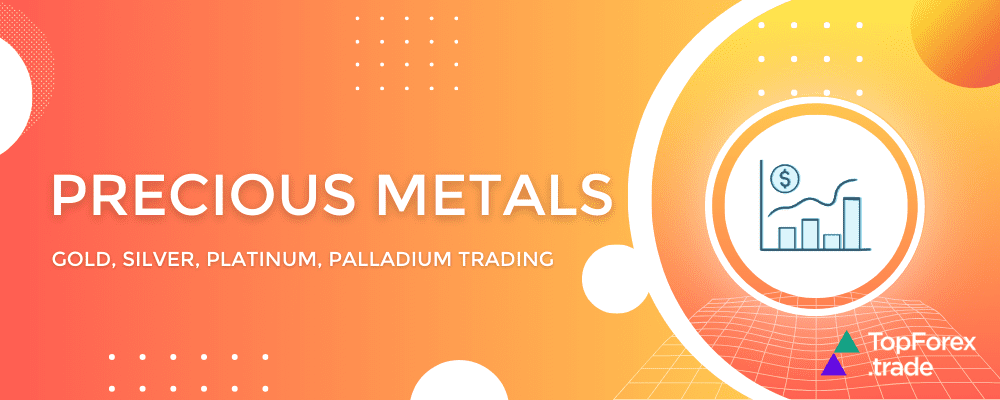
Precious metals, such as gold, silver, platinum, and palladium, have long been prized for their beauty, rarity, and value. In the world of trading, these metals are more than just physical assets; they represent a key segment of the global financial markets.
Investors and traders use precious metals as a way to diversify their portfolios, hedge against economic uncertainty, and capitalize on both short-term and long-term price movements. Their global appeal, high liquidity, and unique properties make them a cornerstone of many investment strategies, whether through physical ownership or financial instruments.
Precious metals have historically served as safe-haven assets, especially during times of economic volatility. For centuries, gold has been the go-to asset during market downturns, while silver, platinum, and palladium have risen in prominence due to their industrial applications. As more investors seek stability in uncertain times, the trading of precious metals continues to offer attractive opportunities:
- Diversification benefits
Precious metals offer diversification away from traditional financial markets like stocks and bonds. Because they often move inversely to paper assets, metals can provide balance within a portfolio, reducing overall risk.
- Hedge against inflation and economic uncertainty
Gold, in particular, is often used as a hedge against inflation and currency devaluation. When the value of fiat currencies declines, precious metals typically hold or increase in value, making them a reliable store of wealth during economic instability.
- Liquidity and global demand
Precious metals are highly liquid assets that can be traded easily across global markets. With consistent demand from industries, governments, and investors, metals like gold, silver, platinum, and palladium maintain a strong market presence, offering ample opportunities for both long-term investors and short-term traders.
With precious metals, traders can protect their portfolios from market fluctuations and seize growth opportunities, no matter the state of the broader economy.
Methods of trading precious metals
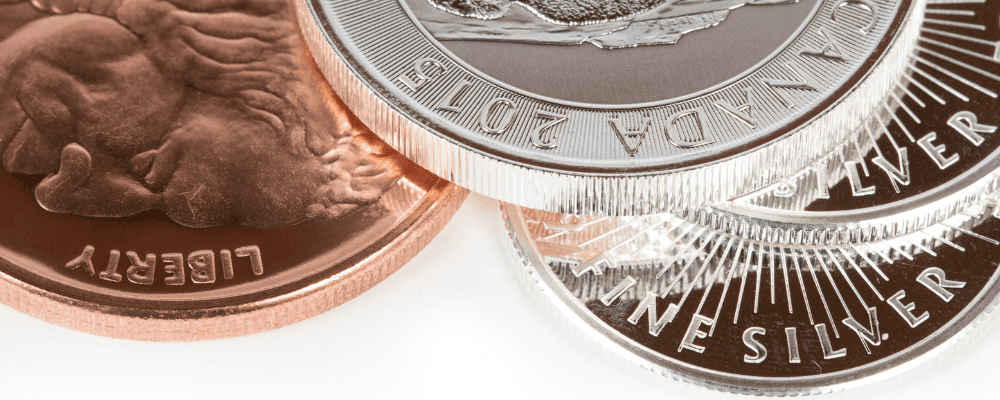
There are various ways to gain exposure to precious metals in financial markets. Each method offers different benefits and levels of risk, depending on your trading goals, capital, and risk tolerance.
Physical ownership: bars, coins, and bullion
One of the most traditional methods of investing in precious metals is through the direct purchase of physical assets. This includes gold bars, silver coins, or platinum bullion. Physical ownership provides tangible security, making it an attractive option for long-term investors looking to store wealth outside of financial markets. However, holding physical metals requires secure storage and may involve higher transaction costs. Despite these limitations, many investors prefer physical metals for their intrinsic value and hedge against economic uncertainty.
Futures and options trading
Futures and options allow traders to speculate on the future price movements of precious metals without needing to own the physical asset. With futures contracts, you agree to buy or sell a specific amount of metal at a predetermined price at a future date. Options provide the right, but not the obligation, to trade metals at a certain price. Both methods offer leverage, enabling traders to control large amounts of metal with relatively little capital. However, this leverage also magnifies risks, making futures and options more suited to experienced traders who can handle volatility and potential losses.
Exchange-traded funds (ETFs) for metals markets
Exchange-traded funds (ETFs) offer an accessible way to invest in precious metals without physical ownership. These funds track the price of metals like gold, silver, platinum, or palladium and are traded like stocks on major exchanges. ETFs are highly liquid, allowing traders to easily buy or sell shares throughout the trading day. This method is particularly attractive to those seeking diversified exposure to metals without the storage or insurance concerns that come with physical ownership. However, ETFs may have management fees that can impact long-term returns.
CFDs (Contracts for Difference): Leverage and Speculation Without Physical Ownership
CFDs (Contracts for Difference) are popular for trading precious metals as they allow traders to speculate on price movements without owning the underlying asset. CFDs enable traders to profit from both rising and falling markets, often with high leverage. This flexibility makes CFDs ideal for short-term traders or those seeking to capitalize on volatile price swings.
However, like futures and options, the use of leverage in CFDs increases the potential for significant losses. It’s important for traders to carefully manage risk when trading precious metals with CFDs.
Mining stocks and mutual funds: Indirect Exposure to Metal Prices
Investing in mining stocks or mutual funds that focus on precious metal miners is another way to gain exposure to metals markets. Mining companies’ profitability is closely tied to the prices of the metals they extract, meaning that their stock prices often rise when metal prices increase.
Mutual funds that focus on mining stocks provide diversification across multiple companies, reducing some of the risk. While these investments offer indirect exposure to metal prices, they are also influenced by factors such as company performance, management, and operational risks, which can lead to price fluctuations.
Gold trading: the most popular precious metal
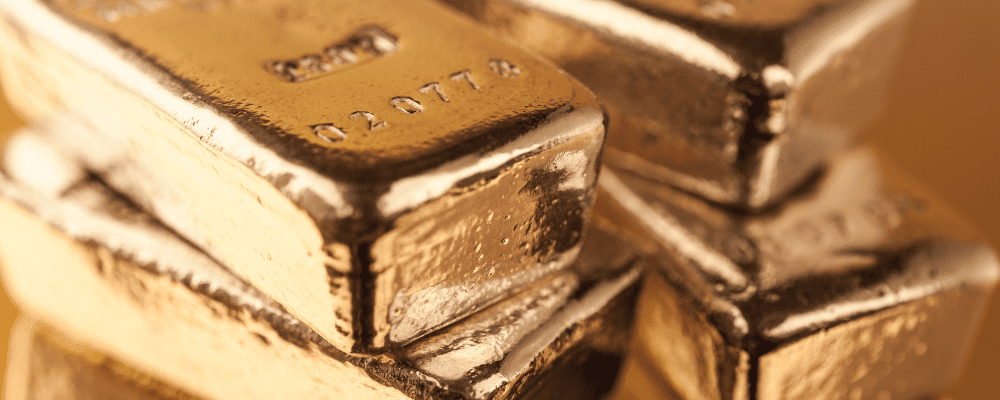
Gold has held a prominent position throughout history as a symbol of wealth, power, and stability. Its enduring appeal makes it the most sought-after precious metal in financial markets, often referred to as “the king of precious metals.” Investors turn to gold for its historical significance, its role as a safe-haven asset, and the factors that influence its price movements.
Gold has been a store of value for centuries, used in coins, jewelry, and later as the basis for national currencies. Its scarcity and resistance to corrosion give it intrinsic value, which has allowed it to maintain purchasing power over long periods. In times of economic uncertainty, market volatility, or geopolitical turmoil, investors flock to gold as a safe-haven asset. When traditional financial markets falter, gold tends to rise, providing a hedge against inflation, currency devaluation, and systemic risk.
Gold also plays a crucial role in global financial systems, with central banks around the world holding vast reserves of the metal to back their currencies and stabilize their economies. These gold reserves act as a buffer against inflation and currency fluctuations, offering economic security in times of crisis.
Central banks buying or selling gold can significantly impact the market, as their actions reflect broader economic strategies. Their involvement highlights the importance of gold not only as an investment but also as a critical asset for national stability.
Pro tip: analyzing gold futures is crucial for traders who want to profit from market movements. The article here explains key indicators, predicts prices, outlines a trading plan, and lists top FX brokers for gold futures trading.
Key factors influencing gold prices
Several factors influence the price of gold in global markets:
- Economic and geopolitical instability: Gold prices tend to rise when there’s uncertainty, such as during recessions, wars, or political upheavals, as investors seek safety.
- Inflation and currency strength: When inflation rises, the value of fiat currencies tends to fall, leading investors to buy gold as a hedge. Gold is often seen as a stable store of wealth, particularly when currencies like the U.S. dollar weaken.
- Interest rates: Lower interest rates reduce the opportunity cost of holding gold, which doesn’t generate income like bonds or stocks. As a result, falling interest rates typically boost gold prices.
- Supply and demand: Gold production is limited, and significant new discoveries are rare. On the demand side, central bank purchases, investment inflows, and industrial uses (such as in electronics and jewelry) influence prices.
- Market sentiment: Investor perception and speculation can drive gold prices. When investors believe that financial markets are entering a downturn, they often rush to buy gold, pushing prices higher.
Gold’s unique combination of historical significance, role in central banking, and price influencers make it a vital asset for traders and investors alike. Whether you’re looking to hedge against economic risks or capitalize on market trends, gold remains one of the most powerful tools for preserving and growing wealth.
Silver trading: dual role in industry and investment
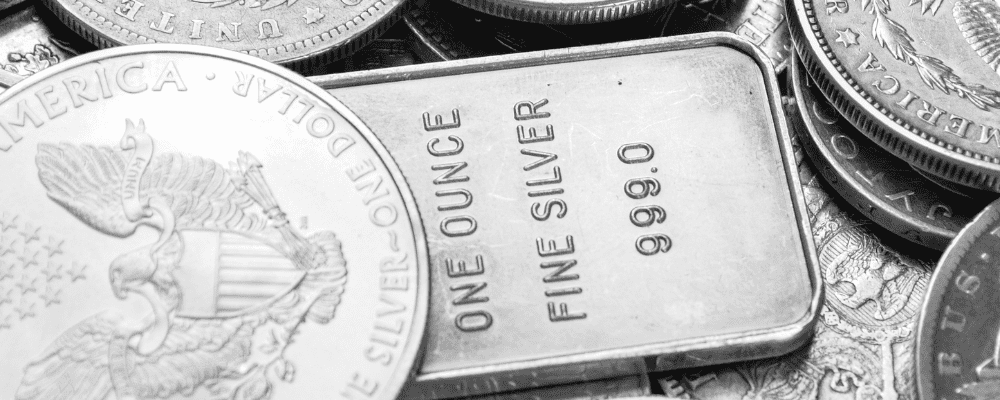
Silver stands out among precious metals due to its dual role as both a valuable industrial commodity and an investment asset. While it shares many characteristics with gold, silver’s unique industrial applications, and price dynamics offer distinct opportunities for traders and investors. Its versatility across various sectors, combined with its investment appeal, makes silver an attractive asset for those looking to diversify their portfolios.
Unlike gold, which is primarily seen as an investment and store of value, silver is widely used in various industries. It plays a crucial role in electronics, solar panels, medical devices, and even in the automotive industry. Silver’s high electrical conductivity makes it a key component in manufacturing everything from smartphones to electric vehicles. Additionally, the metal’s antimicrobial properties make it valuable in medical and hygiene products, such as wound dressings and water purification systems.
The broad industrial demand for silver gives it a different price dynamic than other precious metals. As industries like electronics and clean energy continue to grow, so does the demand for silver, contributing to its price movements.
Silver price volatility compared to Gold
Silver is often more volatile than gold due to its smaller market size and its dual function as both an industrial metal and a store of value. While gold prices tend to be more stable, silver prices can experience sharp swings driven by shifts in both investment sentiment and industrial demand. This volatility presents both risks and opportunities for traders.
Silver often follows gold’s price trends, but it may experience more exaggerated price movements, offering the potential for greater profits (or losses) for short-term traders. Investors looking for exposure to precious metals but with the potential for higher returns (and risks) often turn to silver for these reasons.
Importance of silver in emerging technologies
Silver is a critical component in photovoltaic cells used in solar panels, which are in high demand as the world transitions to greener energy solutions. This has led to increasing demand for silver, positioning it as a metal with significant long-term growth potential.
Additionally, silver’s use in electric vehicles and 5G technology further solidifies its importance in future industries. As these technologies expand globally, the demand for silver is expected to rise, driving its market value and creating new opportunities for traders and investors.
Silver’s unique position as both an industrial and investment metal provides diverse trading possibilities. Whether you’re looking to capitalize on short-term price movements or invest in the growing demand for green technologies, silver offers a compelling addition to any portfolio.
Palladium trading: precious metal gaining popularity
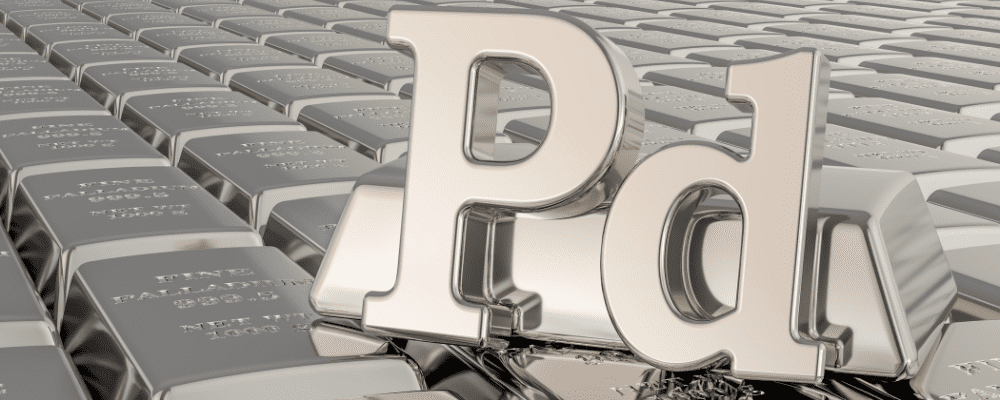
Palladium, often overshadowed by gold and silver, has become a key player in the precious metals market due to its growing industrial demand. Its increasing importance, particularly in the automotive industry, has made it one of the most sought-after metals in recent years. Palladium’s price performance, influenced by supply constraints and rising demand, offers unique trading opportunities for investors.
Palladium is primarily used in catalytic converters, which help reduce harmful emissions from gasoline-powered vehicles. As global environmental regulations tighten and the demand for cleaner emissions increases, the demand for palladium has skyrocketed. This trend is particularly pronounced in countries like China and the U.S. where strict emission standards are driving automakers to increase their use of palladium in vehicle production. With electric vehicles on the rise, palladium’s role in hybrid technologies is also becoming more prominent.
This industrial reliance makes palladium a vital metal in the automotive sector, and its price is closely tied to the performance and regulation of this industry. As automakers continue to shift toward greener technologies, the demand for palladium remains strong.
Palladium price volatility and supply constraints
Palladium’s supply is extremely limited, with the majority of global production concentrated in Russia and South Africa. Any disruptions in these regions, whether political or logistical, can lead to significant price spikes. Additionally, palladium is often produced as a byproduct of platinum and nickel mining, meaning its availability is tied to the production of other metals. This makes palladium more prone to supply shortages, which, coupled with rising demand, contributes to its sharp price volatility.
Over the last decade, palladium prices have often exceeded those of gold and platinum due to its scarcity and strong demand. For traders, this volatility offers both high-reward opportunities and increased risk, making palladium an attractive option for those looking to capitalize on market swings.
Palladium VS Gold and Silver as an investment
While palladium doesn’t have the same historical appeal as gold or the dual industrial investment role of silver, it offers unique benefits as an industrial metal with limited supply. Unlike gold, which is primarily viewed as a safe-haven asset, palladium’s value is largely driven by industrial demand. This makes Palladium less influenced by economic uncertainty or inflation fears and more sensitive to supply-and-demand imbalances in the automotive industry.
For investors, palladium provides diversification from traditional precious metals like gold and silver. Its strong industrial demand and limited supply have led to impressive price growth in recent years, making it a valuable addition to portfolios seeking exposure to precious metals with high-growth potential.
Platinum: a precious metal with industrial importance

Platinum is a rare and valuable precious metal that holds significant importance in various industries, particularly automotive and jewelry. While it shares some investment characteristics with gold and silver, platinum’s strong industrial demand and sensitivity to supply disruptions create distinct trading opportunities. This metal’s unique properties make it both a prized commodity and a volatile asset for investors.
Platinum is heavily used in the automotive industry, specifically in catalytic converters for diesel-powered vehicles. These devices help reduce harmful emissions, and platinum is particularly effective in this application. As global environmental standards become more stringent, the demand for platinum in automotive manufacturing continues to grow. Although palladium is used more in gasoline engines, platinum remains a key component in the production of diesel vehicles, which are popular in regions like Europe.
In addition to its industrial uses, platinum is highly valued in the luxury sector, particularly in jewelry. Its luster, rarity, and resistance to tarnish make it a popular choice for high-end rings, necklaces, and other fine jewelry. This dual demand from both industrial and luxury markets contributes to platinum’s value and trading appeal.
Platinum price volatility and sensitivity to supply disruptions
Platinum is significantly more volatile than gold or silver, largely due to its concentrated supply sources. The majority of the world’s platinum is mined in South Africa and Russia, which makes the market highly sensitive to political or labor disruptions in these regions. Any issues in mining output can cause dramatic price fluctuations. Additionally, platinum is much rarer than gold and silver, which further amplifies its price volatility.
Supply disruptions, combined with shifts in industrial demand (especially in the automotive sector), can lead to sharp movements in platinum prices. This creates both risks and opportunities for traders who are prepared to navigate its frequent price swings.
Platinum VS Gold and Silver as an investment
While gold is typically seen as a safe-haven asset and silver serves a dual role as both an industrial and investment metal, platinum is primarily driven by industrial factors. Its price movements tend to be more closely tied to economic and sector-specific developments, particularly in the automotive industry. This means platinum can sometimes outperform gold and silver during periods of strong industrial growth or supply shortages.
However, platinum’s greater price volatility and reliance on a few key industries make it a riskier investment compared to gold, which is more stable during times of economic uncertainty. For investors looking for a diversified portfolio of precious metals, platinum can offer strong growth potential but requires a higher risk tolerance due to its market dynamics.
Trading precious metals with leading CFD brokers
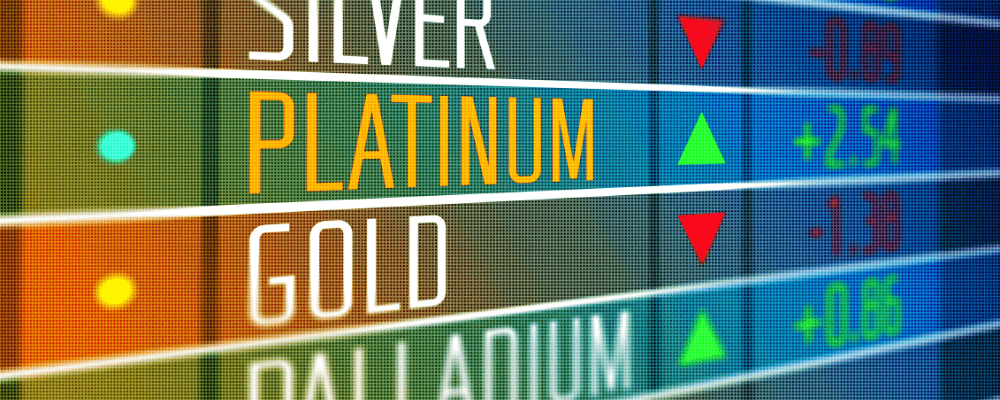
Trading precious metals requires access to reliable platforms, competitive pricing, and robust tools for effective decision-making. Partnering with industry-leading brokers such as the ones listed below offers numerous advantages for traders looking to gain exposure to gold, silver, platinum, and palladium markets. These brokers stand out for their range of services, advanced trading platforms, and industry expertise, making them excellent partners for anyone looking to capitalize on precious metals trading.
HF Markets: comprehensive tools and advanced platforms
HF Markets is known for its comprehensive suite of trading tools and state-of-the-art platforms. For traders interested in precious metals, HF Markets offers competitive spreads, flexible leverage options, and real-time access to price data. This makes it easier for traders to stay informed and act quickly in a fast-moving market. Whether you’re trading gold, silver, or other precious metals, HF Markets provides the precision and support needed to make informed decisions.
AvaTrade: trusted and regulated global broker
AvaTrade helps traders benefit from a globally trusted and well-regulated broker that offers a wide range of trading instruments, including precious metals. AvaTrade’s platforms are designed for both beginners and experienced traders, featuring intuitive interfaces, educational resources, and advanced charting tools. AvaTrade also offers competitive spreads on precious metals, giving traders a cost-effective way to enter the market. Their commitment to customer security and transparency further enhances the trading experience, making AvaTrade a reliable choice for precious metals investors.
XM: low-cost trading and educational support
XM is a top choice for traders who value low-cost trading and comprehensive educational support. With XM, you can trade gold, silver, platinum, and palladium with some of the most competitive spreads in the market. Their extensive range of educational resources, including webinars, tutorials, and market analysis, makes them an ideal broker for beginners and seasoned traders alike. XM’s customer-centric approach ensures that traders have the tools and knowledge they need to succeed in the volatile precious metals market.
NAGA Markets: Social trading and seamless execution
NAGA Markets is the choice for traders looking to benefit from Social trading provides an innovative platform where users can copy trades from experienced investors. This is particularly useful in the precious metals market, where volatility and quick decision-making are key. The broker allows users to follow expert traders and benefit from their expertise in gold, silver, platinum, and palladium trading. With fast execution speeds and real-time market updates, NAGA ensures that traders can capitalize on opportunities as they arise.
Exness: flexibility and fast withdrawals
Exness is known for offering unparalleled flexibility and fast withdrawals, making it a preferred choice for traders seeking liquidity. In precious metals trading, where price fluctuations can happen rapidly, the ability to access your funds quickly is crucial. Exness provides tight spreads, high leverage, and advanced tools to help traders navigate the volatile markets of gold, silver, platinum, and palladium. Their customer-first approach and transparent trading conditions make Exness a strong contender for both beginners and experienced traders alike.
Trading precious metals with established brokers like HF Markets, AvaTrade, XM, Naga Markets, and Exness can significantly enhance your trading experience. These brokers offer the essential tools, platforms, and support to help you navigate the complexities of precious metals markets. Whether you’re trading for portfolio diversification, hedging against inflation, or seeking short-term opportunities, these brokers provide the flexibility, education, and competitive pricing to help you succeed.
Related articles:
The ultimate guide to trading precious metals - FAQ